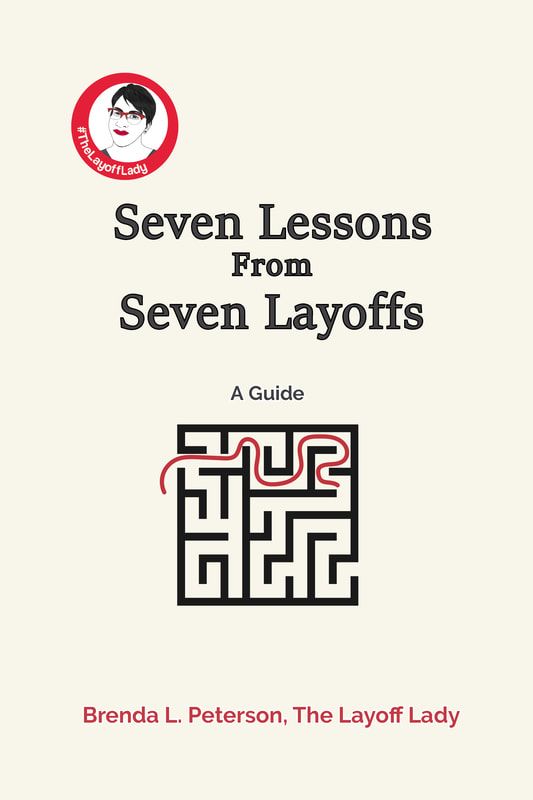|
By Brenda L. Peterson, The Layoff Lady About Behavioral Interviewing QuestionsDuring the job interview process, hiring managers and recruiters often ask behavioral interview questions. The logic here is that past activity predicts future performance. Instead of asking a theoretical question about how you WOULD do a given then or solve a given problem (which, of course, would be perfectly), the answer here requires a story. These stories usually come from previous work experience and demonstrate how you think, how you solve problems, how you measure success, and what you learned along the way. Behavioral Interview QuestionsBehavioral interview questions often begin with the phrase, "Tell me about a time" and require you to mine your personal experience and answer by telling a story that relates to your responsibilities and accomplishments from you previous jobs. Here are a few examples of old school interview questions (that ask for what you WOULD do) and behavioral interview question alternatives (that ask for what you DID do):
Finding Your StoriesWhen answering these types of questions, you will tell a story. It's valuable to think about your previous work experience and be ready to mine that experience for stories to explain key points to your interviewers. Your goal should be to give a 1-3 minute answer that showcases your skills in ways that addresses the question. The tendency is for people to either not know what to say or to ramble and hope they stumble upon something useful. For the next little part of this article, we'll explore different strategies you could use to answer the following question: Tell me about a time when you had to finish a project with a short turnaround time. Answering With No PlanGosh. I've done a lot of projects where I had to get something done quickly. Those have included software implementations, making a video, and even designing or updating a class with little to no notice. I usually just work really hard and put in extra hours to get something done. So one case I can think of was right when the pandemic started in 2020. I worked for a software company that delivered most of it's training in person at customer sites. Since government guidelines for dealing with COVID were changing daily during the early part of the pandemic, over the course of a week--maybe it was like two--we realized that we would not be able to travel to customer sites to deliver their training like we had always done. We had to figure out how to deliver what was usually four days of in-person training without traveling to a customer site. We really didn't know how we were going to pull that off. We had to figure out how to do that well--and we had to figure it out in a couple of days. I had the trainer cancel their travel plans. Then a few of us--including a salesperson, a trainer, and an instructional designer--sat down and tried to figure out what to do. We didn't want to bore people to death or make it an awful experience. We thought about doing videos, but those take a lot of time to create and produce. We also had to figure out a short term plan for the next week, and figure out a more interim plan after that. It was really hard to figure out. I mean--the whole WORLD had changed! [Note we're still on the stage setting part of this and not even on to the question answer. So. Much. Talking.] PAR: Problem/Project, Action, ResultsPAR is one method you can use to structure your answer. Here are key components and what each letter represents:
A PAR AnswerProject/Problem: In March of 2020, when COVID was declared a pandemic, I worked at XYZ Software Company and my team trained new users right after their software went live for each customer. Because we did new user training in-person at each customer's site, and travel restrictions were going into place, we had to figure out what to do instead--and we only had a few days to figure something out. Action: I talked with my manager about how to deliver this training the following week to ABC Company. We thought through options and decided to use a combination of Zoom meetings and hands-on practice. I repurposed some of our materials to be self-paced activities, and my manager and I talked with the customer about our plans. We agreed to do a 90-minute instructor-led session in the morning, and another one in the afternoon each day that week. Learners would also do self-paced activities, and I would be available to answer questions as needed. Result: This resulted in us delivering the training during the planned week using the time already scheduled, but in a different way. In the end, the customer was happy that we were still on schedule, and end users appreciated the combination of instructor-led training and self-directed time. CARL: Context, Action, Results, LearningCARL is another method you can use to structure your answers. Here are key components and what each letter represents:
A CARL AnswerContext: In March of 2020, when COVID was declared a pandemic, I worked at XYZ Software Company and my team trained new users right after their software went live for each customer. Because we did new user training in-person at each customer's site, and travel restrictions were going into place, we had to figure out what to do instead--and we only had a few days to figure something out. Action: I talked with my manager about how to deliver this training the following week to ABC Company. We thought through options and decided to use a combination of Zoom meetings and hands-on practice. I repurposed some of our materials to be self-paced activities, and my manager and I talked with the customer about our plans. We agreed to do a 90-minute instructor-led session in the morning, and another one in the afternoon each day that week. Learners would also do self-paced activities, and I would be available to answer questions as needed. Result: This resulted in us delivering the training during the planned week using the time already scheduled, but in a different way. In the end, the customer was happy that we were still on schedule, and end users appreciated the combination of instructor-led training and self-directed time. Learning: Through this process we learned more about how we could deliver effective learning at a distance. We also found that encouraging learners to turn their cameras on during training helped build a sense of community among class members. We built upon our lessons learned to improve our training with each customer. Additional Question Answering ModelsIn addition to PAR and CARL, here are two more models that have similar components. It doesn't matter as much which one you choose, just that you use one of these models to structure your answer and minimize endless rambling:
Learn More
0 Comments
Your comment will be posted after it is approved.
Leave a Reply. |

Just get laid off?
Click here for info on what to do first. Author7-time layoff survivor Brenda L. Peterson, The Layoff Lady, waxes poetic on layoffs, job transitions, & career resilience. Buy The Book!Were you recently laid off from your job and need a roadmap for what's next? Pick up a copy of my book, Seven Lessons From Seven Layoffs: A Guide!
Categories
All
Archives
July 2024
|




